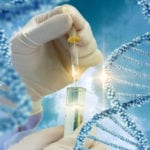 Crime
Crime  Crime
Crime  Technology
Technology 10 Hilariously Over-Engineered Solutions to Simple Problems
 Miscellaneous
Miscellaneous 10 Ironic News Stories Straight out of an Alanis Morissette Song
 Politics
Politics 10 Lesser-Known Far-Right Groups of the 21st Century
 History
History Ten Revealing Facts about Daily Domestic Life in the Old West
 Weird Stuff
Weird Stuff 10 Everyday Products Surprisingly Made by Inmates
 Movies and TV
Movies and TV 10 Actors Dragged out of Retirement for One Key Role
 Creepy
Creepy 10 Lesser-Known Shapeshifter Legends from Around the World
 Animals
Animals 10 Amazing Animal Tales from the Ancient World
 Gaming
Gaming 10 Game Characters Everyone Hated Playing
 Crime
Crime 10 Terrifying Serial Killers from Centuries Ago
 Technology
Technology 10 Hilariously Over-Engineered Solutions to Simple Problems
 Miscellaneous
Miscellaneous 10 Ironic News Stories Straight out of an Alanis Morissette Song
Who's Behind Listverse?

Jamie Frater
Head Editor
Jamie founded Listverse due to an insatiable desire to share fascinating, obscure, and bizarre facts. He has been a guest speaker on numerous national radio and television stations and is a five time published author.
More About Us Politics
Politics 10 Lesser-Known Far-Right Groups of the 21st Century
 History
History Ten Revealing Facts about Daily Domestic Life in the Old West
 Weird Stuff
Weird Stuff 10 Everyday Products Surprisingly Made by Inmates
 Movies and TV
Movies and TV 10 Actors Dragged out of Retirement for One Key Role
 Creepy
Creepy 10 Lesser-Known Shapeshifter Legends from Around the World
 Animals
Animals 10 Amazing Animal Tales from the Ancient World
 Gaming
Gaming 10 Game Characters Everyone Hated Playing
10 Widespread Misconceptions About Forensics And Crime
Although forensics is a well-spread field, many have accused it of being less of a science and more of a pseudoscience, with untested claims and high error rates. As much as you’d like to believe in the various methods’ famous accuracy, the reality is that they don’t work the same way they do in famous TV shows. Furthermore, criminals and their methods of crime are often dissimilar as well.
While crime-fighting shows can be very entertaining, there are plenty of things they get very wrong, more than enough to talk about. And while forensic sciences aren’t actually rubbish or something to look down upon, plenty of their methods are far less accurate or convenient than movies and TV would have you believe.
10 Bloodstain Pattern Analysis

Bloodstain pattern analysis is a method used in many films and TV shows to determine how someone has been killed using the blood spatter as a guide. The problem is that even experts often tend to miss the mark. Plus, it’s also quite hard compared to how it’s depicted in media.
In reality, the amount of blood from an injury and the resulting pattern are both very variable. There is often less blood than you’d imagine, and the spatters are seemingly random. While experts can, at times, determine what went down, it’s never extremely reliable, and the method has earned the label of “junk science” by some.[1]
The fact is, bloodstain pattern analysis is open to bias and is mostly subjective; it simply doesn’t follow the basic scientific principles and has a really high error rate. If you get murdered, you’d better hope the pattern of your blood isn’t all they’ll have to go on. However, as you’ll see, many well-known methods aren’t that reliable, either.
9 Serial Killers

Serial killers, on average, really aren’t anything like they’re believed to be at times. I know . . . shocker! But on a serious note, while a lot of you might have known this, most serial killers are far from evil geniuses carrying out perfect murders, maybe farther than you’d imagine.
While a majority are white men, which are the stereotypical culprits, the rest doesn’t quite check out. Most notably, while some were very intelligent, the average serial killer is no genius. In fact, their IQs are hardly anything special, averaging 94.7, which is on the lower end of the average range of 90 to 110. Those who used bombs were statistically the smartest, those who shot their victims or used close-quarters violence were in the middle, and poison users were the dumbest.[2]
8 Crime Rates

Believe it or not, crime in the United States is statistically almost at an all-time low, which is certainly not what many Americans believe. The popular opinion is that crime is at an all-time high and that it just keeps rising, but that couldn’t be farther from the truth. Statistics show that crime is, in fact, low compared to previous decades.[3]
Murders have gone down especially. Truth be told, there was a slight rise in 2016, but since then, it’s begun going down once again. What caused that sudden rise in murders is mostly a mystery, but as issues are being dealt with, the situation is looking to become better. Then again, the US murder rate is still considerably higher than most First World countries.
7 Forensic Toxicology
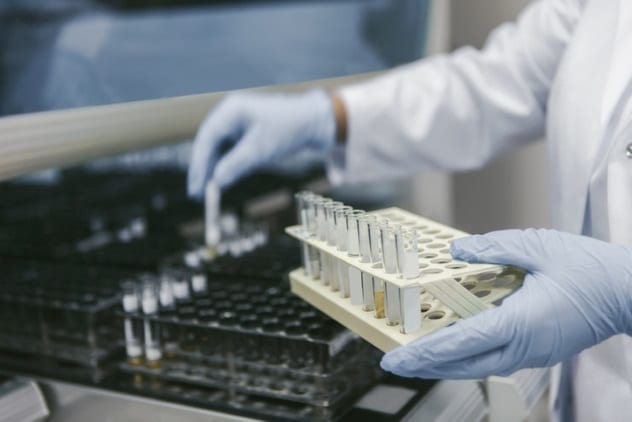
Back to forensic sciences. Forensic chemistry and toxicology are the studies of chemical substances in a forensic context, such as drugs found in a victim’s or criminal’s body.
Sounds good on paper, doesn’t it? Finding out what drugs or substances a victim’s or suspect’s body contains is certainly a very useful thing. The problem is that the reality isn’t quite that simple. Said reality is that these results are often handled in an unskilled manner or even plainly manipulated.
In one infamous case, a woman named Annie Dookhan, who wanted to look like a good worker, manipulated, ruined, and faked more than 60,000 samples, sending innocent people to jail and letting others go free without the punishment they deserved. In 2012, she was arrested for the purposeful mishandling of so many samples.[4]
6 Fingerprints
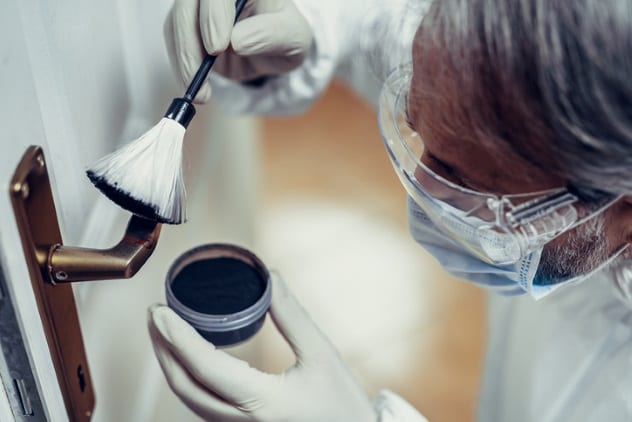
Yes, you guessed right: Fingerprints aren’t exactly reliable, either! Fingerprint analysis is still vulnerable to human bias and subjectivity. Also, there’s no machine that magically compares fingerprints, either, not to satisfying accuracy, at least.[5] The general rule of thumb is that a science shouldn’t have a fail rate higher than five percent, with even that being very high, and in some disciplines, such as pharmacy, this fail rate has to be much, much lower, with even one percent being very high.
Fingerprints have more problems than just human bias and not-so-accurate automated programs, though. If you watch crime-related TV shows, you may have heard the term “partial print.” Having only a partial print greatly hinders the accuracy of fingerprint analysis, and it’s not as common as you might think for someone to just leave a complete fingerprint or even a satisfying one. Thus, the failure rate increases even more.
Additionally, while this is a problem that’s less relevant, koalas have very humanlike fingerprints, so much so that their prints have even fooled police.
5 Bite Mark Evidence
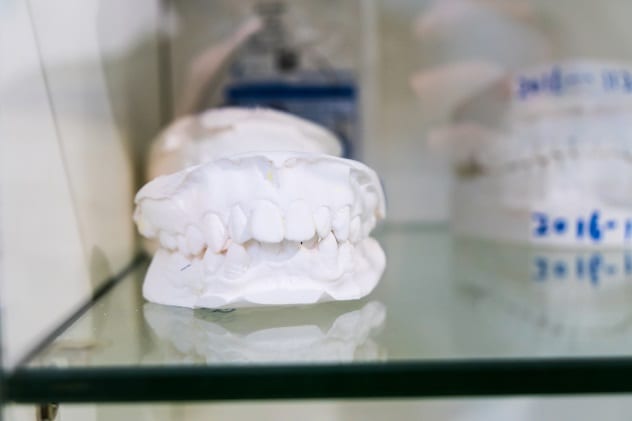
The idea behind bite mark evidence is simple: You notice a bite mark at the crime scene (happens more often than you might think), and then you try to identify who that bite mark could belong to by hiring a forensic dentist. That, like many of the items on the list, sounds like a great method on paper, but practice shows something else.
Bite mark evidence has been deemed unreliable many times, so much so that it has attracted the attention of judges, who are also starting to take it less as foolproof evidence and more as a quite random method. Many have been arrested due to bite mark evidence but were later released and absolved of their crimes when it was found out that they were wrongfully convicted based on a purely subjective—and, in the end, wrong—comparison of their teeth with a bite mark from a crime scene.[6]
4 Gunshot Wound Interpretation
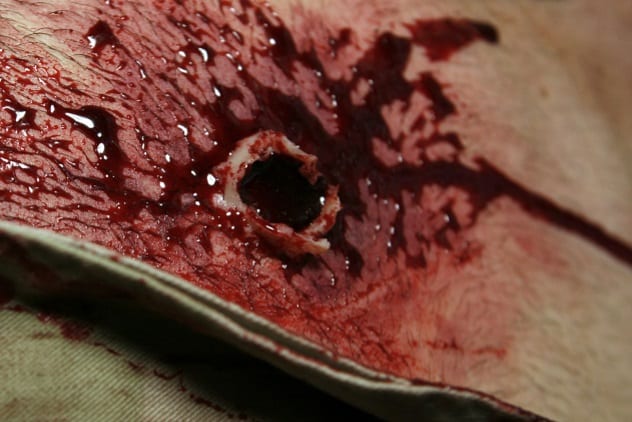
Gunshot wound interpretation is basically what it sounds like—studying gunshot wounds to determine the number of bullets that hit the victim, the type of firearm and ammunition used, and so on. Very interesting but highly inaccurate.
Clinicians try their best to correctly interpret wounds, but the effective success rate of this method remains very low.[7] It has been shown to be inaccurate more than half the time, and even that’s being generous. Some studies show greater error rates.
As the trend is with a lot of forensic methods, the level of objectivity with this method is quite low, so it shouldn’t be deemed a go-to, reliable way to solve crimes. The sad truth is that it fails more than it succeeds.
3 Suppressors
While not exclusively related to crime, suppressors or “silencers” are commonly believed to be magical accessories for your gun that make gunshots close to silent, hence the widespread use of the term “silencer,” which is quite incorrect, to say the least.
That’s right, spy movies: Guns fitted with suppressors aren’t at all silent. In fact, they only make a gunshot quieter, reducing the noise from 140 to 160 decibels to 125 decibels on some weapons. On average, suppressors grant a reduction of 20 to 40 decibels—noticeably quieter but far from silent.[8]
Suppressors are in no way useless, though, as any noise above 140 decibels is instantly damaging to our hearing. Bringing that number down even a little isn’t something to be underestimated; it might not let a spy wipe out a room of bad guys without being noticed, or help a hit man to kill in silence, but it can prevent you from quickly going deaf if you aren’t wearing ear protection!
2 Hair Analysis
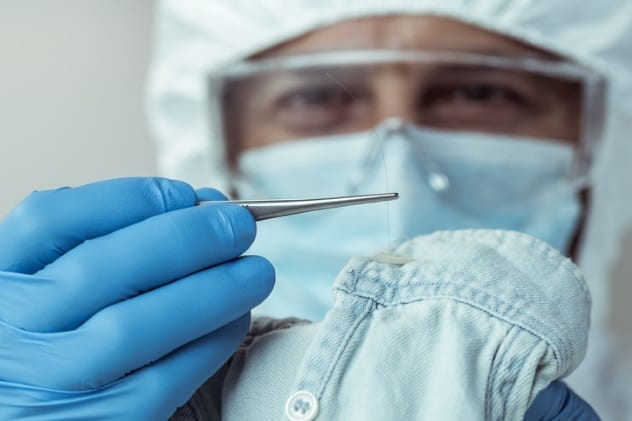
Hair analysis involves observing someone’s hair under a microscope and comparing it to hair found at the crime scene. Sadly, as per usual, this is another flawed and unreliable method.
Between 1989 and 2016, 74 people were wrongfully imprisoned for multiple years based on nothing more than inaccurate hair analysis.[9] This method has since been deemed flawed and unreliable by some. It still goes against basic scientific principles and suffers from a massive error rate and subjectivity, not unlike some other methods on this list.
Scientists also can’t quite estimate the chance of a hair having a specific characteristic, as they don’t have a database of hair samples like they do with fingerprints. Based on this and the previous factors, researchers and judges have taken a negative stance on this method, rightfully so if you ask me.
1 DNA Testing
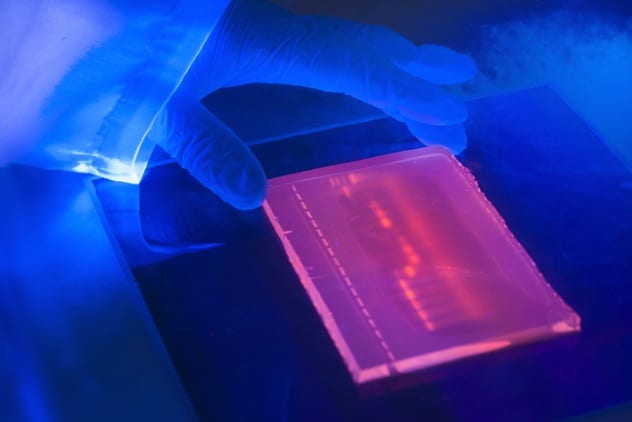
DNA testing is a fairly accurate and proven method. It’s not as perfect as it seems, though. So what are the biggest problems with DNA testing, you might ask? The answer is very simple—time and factors that can reduce the accuracy.
It seems very convenient in crime shows: They take a DNA sample, wait a few hours, and the results are here! Solved, right? Well . . . if we’re talking about real life, no, not quite. DNA testing can often take months to complete due to the workload and verifying processes of the labs that are in charge of the tests. While it can be extremely useful, it can take anywhere from two to six months.
But is it going to be extremely useful even then? While DNA testing can be very accurate under ideal conditions, just like with fingerprints, the circumstances often aren’t quite right, samples gathered from crime scenes are often imperfect, and even after so much testing, they can end up being useless or lead the investigators down the wrong path entirely.[10]
Just a curious guy who loves writing and researching!
Read more examples of TV being wrong about the world of crime on 10 Things CSI Shows Get Wrong (According To A Real CSI Tech) and 10 Things ‘Orange Is The New Black’ Gets Wrong About Prison (According To An Inmate).
